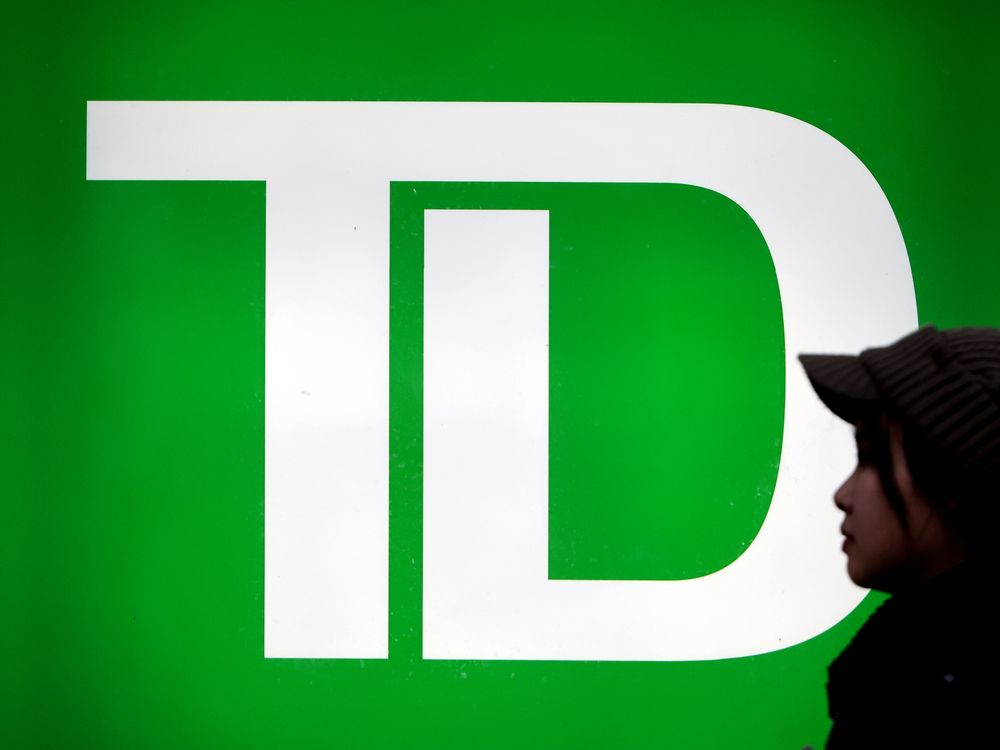The biggest worry of the new year is that precious few investors are prepared for the inevitable downturn
Article content
As we exit 2023, all I can think of is how it was a year replete with dichotomies and divergences. An unprecedented gap emerged between real gross domestic product growth, which signalled a soft landing had been successfully engineered by the United States Federal Reserve, and real gross domestic income growth, which provided support to the minority view that a recession had arrived.
Advertisement 2
Article content
The stock market was on opposing tracks, too, with the cap-weighted S&P 500 posting impressive gains for much of the year at a time when the average and median stock represented in the S&P 500 equal-weighted index lagged way behind — the Magnificent Seven is up 100 per cent for the year to date, smashing the rest of the index by more than a factor of seven times.
Article content
Article content
Even in the bond market there are mixed signals. Until recently, U.S. Treasury note and bond yields had soared yet again, not because of investor-based inflation expectations, which receded this past year, but because of a surge in real interest rates, which reflected the reset to the extended Fed tightening cycle and the promise of “higher for longer.”
All this from a central bank that at the end of 2021 had published a median prediction for the policy rate of 1.6 per cent at the end of 2023 instead of the 5.5 per cent we ended up at (with Jay Powell playing the role of Lucy and the rest of us taking on the role of good ol’ Charlie Brown).
Soft landing just a bridge
This past year was also filled with economist after economist dropping their recession call and embracing the soft-landing or even no-landing economic narrative.
Advertisement 3
Article content
For 2024, I sense that all this confusion will be resolved. We will realize that we were, indeed, in a soft landing, but then also recognize what soft landings really are: the bridge, or transition, from the expansion phase to the contraction phase of the cycle. We will see that a soft landing is not a permanent feature, that the business cycle has not been repealed and that interest rates do matter, but they operate with long and variable lags.
To be sure, rampant debt-financed fiscal stimulus helped extend the “Energizer Bunny” U.S. consumer in 2023, but that is now in the rear-view mirror. What lies ahead is the ongoing resetting of the economy, to the damage the Fed has already unleashed, as the Fed does what central banks do best, which is fight yesterday’s battle.
Economists have prematurely declared the death of Mother Nature
In assessing the historical record, every recession has followed the proverbial soft landing. Think of 1969, 1979, 1989, 2000 and 2007: all were soft-landing years that were followed by hard-landing recessions that precious few investors were braced for. That is my primary concern today: the lack of preparedness for the inevitable downturn.
Article content
Advertisement 4
Article content
Economists have prematurely declared the death of Mother Nature; just because the recession has been delayed does not mean it has been derailed. To say that it hasn’t happened yet and, therefore, it is not going to happen at all is akin to a meteorologist saying that because it didn’t snow in December, winter has been called off. The business cycle has not been repealed, and this reality will dominate portfolio and asset mix shifts in 2024.
World contracting
It isn’t just North America that we’re concerned about. We are seeing a property mess and debt deflation in China that have yet to be resolved. The United Kingdom economy is struggling, and Germany, the engine of continental Europe, has turned into a caboose, and is poised to re-enter a recession. Even Japan, with its ongoing monetary policy support and super-stimulative currency, also appears on the verge of a contraction.
Virtually every commodity price is struggling and oil is heading into an outright bear market, even in the face of supportive supply conditions, which smacks of demand destruction. What happened to all those US$100 per-barrel price forecasts published just a short time ago?
Advertisement 5
Article content
With the Commodity Research Bureau index collapsing more than 10 per cent in just the past five months, the loosening up of global supply bottlenecks, and resource slack re-emerging in the labour market, this downdraft in the oil market will usher in a further deceleration in inflation that will surprise the legion of bond bears out there.
Our forecast is that we will no longer be hearing about “sticky” inflation in the coming year. Whether or not you are in the “structural inflation” camp, you cannot ignore the cyclical factors. The risks of deflation are running higher than the risks of runaway inflation.
Bonds over stocks
Against this backdrop, I fully expect the Fed to reverse course and cut interest rates by more than what is currently priced in. Just to get to a neutral posture would require at least 300-basis-points worth of rate cuts, and this will trigger a reversion to a more normal, positively sloped yield curve (a “bull steepener” in bond parlance). With that, the prospect for double-digit returns at the long end of the much-maligned Treasury market is significant after three years of hellish and unprecedented negative returns.
Advertisement 6
Article content
That’s a situation not unlike the last time the S&P 500 posted three consecutive years of negative returns (from 2000 to 2002), which blazed the trail for a mean-reversion trade out of bonds and into stocks in the following five years. We are at that same point today, but in reverse.
Bonds over stocks in 2024, and if you feel compelled to stick with equities in the coming year, stay with what works when interest rates move lower — what I call “bonds in drag” — utilities, consumer staples, health care and telecom services. After all, they command a combined three per cent dividend yield, which is double what you can garner from owning the entire S&P 500 index.
In the pause period, which started in July — and we have to keep in mind these periods tend to last 10 months, so we are now halfway through — stocks and bonds tend to rally together, so nothing here is surprising.
But nothing does as well as the 30-year U.S. Treasury, which traditionally delivers an average total return of nine per cent point to point in this pause phase. That roughly matches the total return for the S&P 500, but with a three-percentage-point advantage in risk-adjusted terms (after applying the Sharpe ratio), and a six-percentage-point net return for both investment-grade and high-yield credit. Nothing comes close to the long end of the Treasury curve.
Advertisement 7
Article content
The Fed’s higher-for-longer mantra was never anything novel; it has been a long-held strategy as the tightening cycle ends and the central bank is unsure if there is more to do. The funds rate eventually peaks and then, with an average 10-month lag, the easing cycle begins. Every tightening cycle in history has been followed by an easing cycle (and vice versa).
In recessions, the Fed cuts an average of 500 basis points, and even if the economy doesn’t land at all — and this is the major point — just getting to a neutral policy setting would require an interest rate reduction of around 300 basis points.
The yield curve has been inverted for more than a year; this abnormal condition only occurs 15 per cent of the time. Once the yield curve mean reverts to the average of the past two decades, that would imply a three per cent yield on the 10-year Treasury note, which would deliver a net positive return of 12 per cent within a 12-month horizon (even more for the long bond).
The equity risk premium, meanwhile, is fast approaching zero for the first time since 2002 — another period to have been overweight bonds and underweight equities in the asset mix. A Bob Farrell-like mean reversion here would imply, as a base case, the S&P 500 correcting further, to around 3,300 or 3,400, and a coincident adjustment lower in the 10-year Treasury note yield to a band of 2.5 per cent to three per cent.
Advertisement 8
Article content
Related Stories
If you believe the S&P 500 is fairly valued at today’s level, then for that to make sense from an arithmetic standpoint in terms of re-establishing a normal ERP level of 300 to 400 basis points rather than today’s slim 100-basis-point yield gap, the 10-year yield should actually be closer to one per cent than four per cent. That is the math, and it leads to one conclusion for 2024: a bull steepener in bonds and Treasuries outperforming equities.
David Rosenberg is founder and president of independent research firm Rosenberg Research & Associates Inc. To receive more of David Rosenberg’s insights and analysis, you can sign up for a complimentary, one-month trial on the Rosenberg Research website.
Article content
Soft landing is just the calm before the storm
2023-12-28 14:09:50





